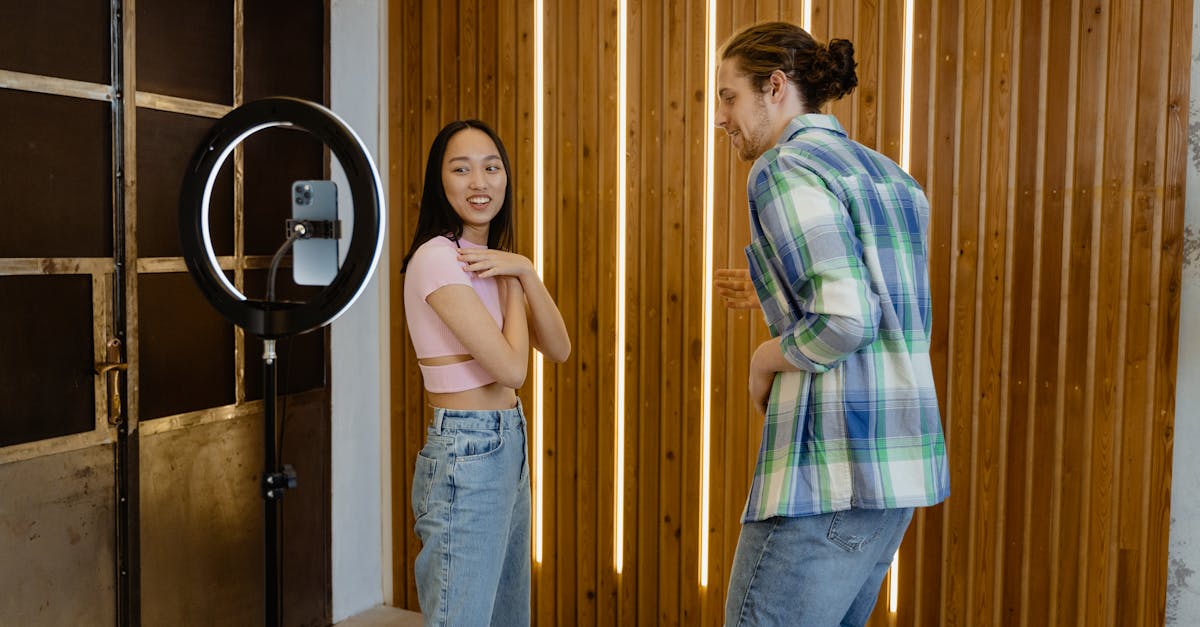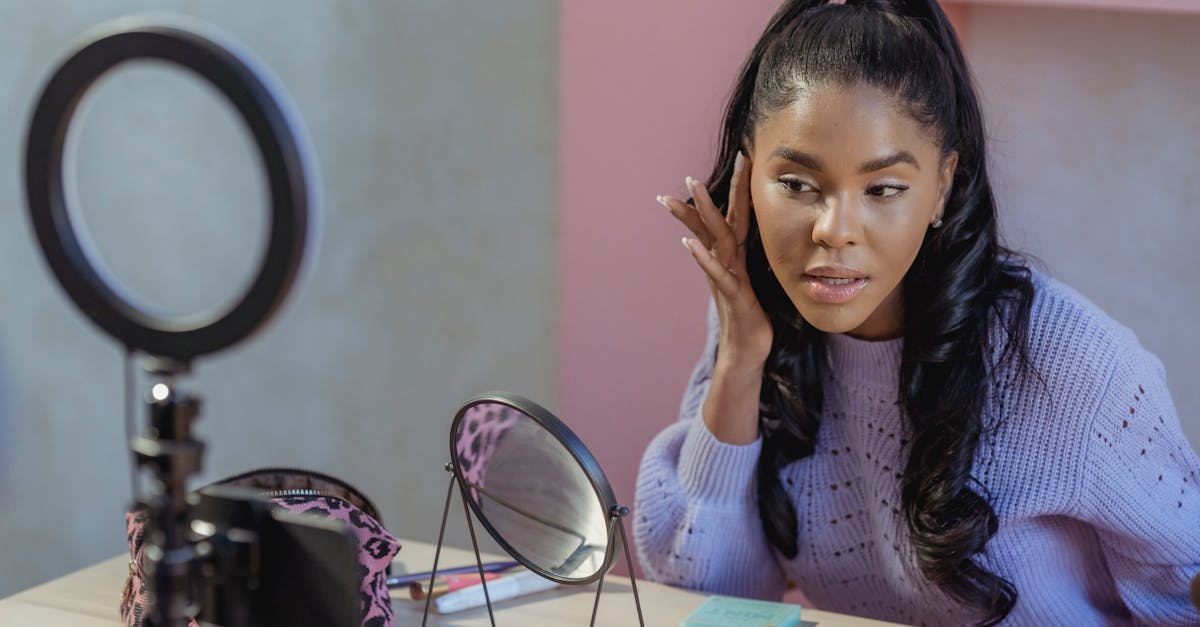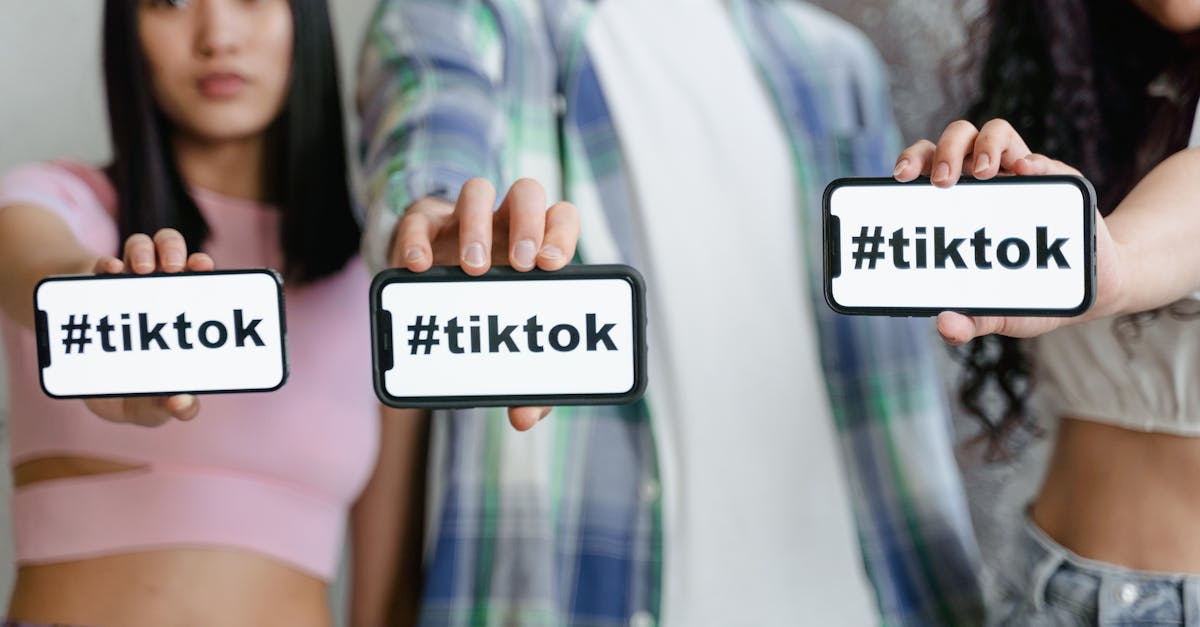The Influence Of Social Media On Beauty Standards In 2024
Introduction
The impact of social media on beauty standards has been profound, reshaping perceptions across the globe in unexpected ways. As we step into 2024, platforms like Instagram, TikTok, and Snapchat increasingly dictate what is perceived as beautiful. This article explores the evolving dynamics of beauty ideals driven by digital interactions.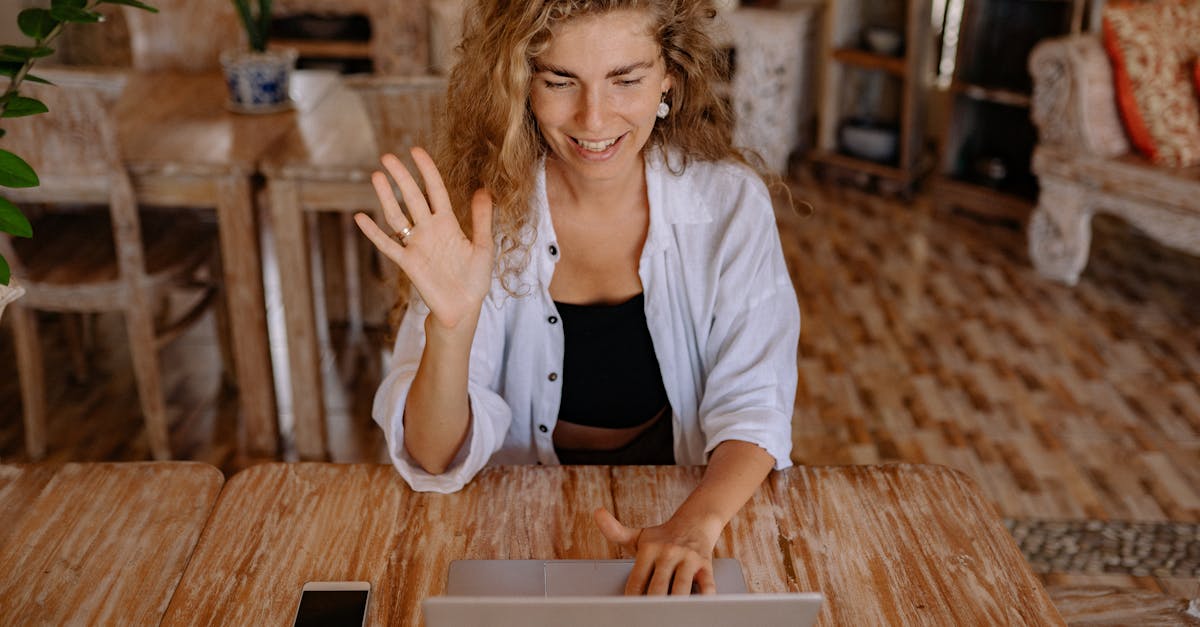
Advertisement
Ubiquity of Social Media
In 2024, social media penetrates nearly all aspects of daily life, becoming a powerful tool in defining beauty. The brevity and immediacy of digital content allow trends to evolve rapidly, reaching audiences across borders instantaneously. Consequently, these platforms have become central influencers in shaping modern beauty ideals.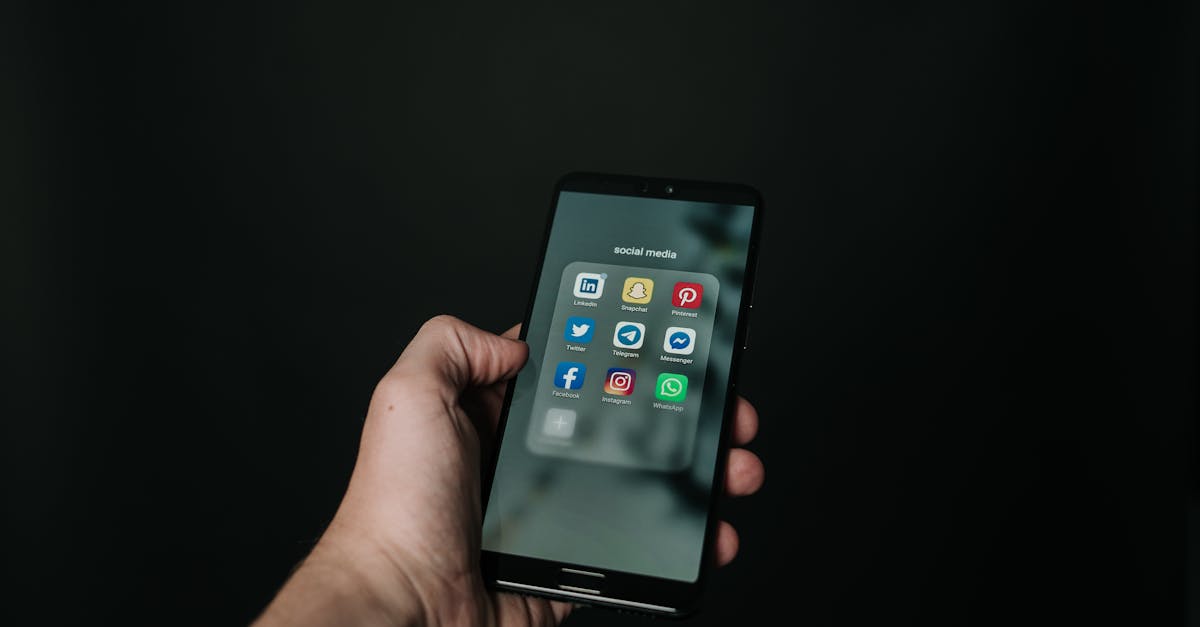
Advertisement
Filters Lens and Perception
The rise of augmented reality filters presents an altered reality that impacts how individuals perceive beauty. Filters often depict airbrushed perfection, promoting an unattainable standard for many users. This has led to both fascination and criticism, as these ideals can distort self-image and prompt unrealistic expectations.
Advertisement
The Role of Influencers
Influencers continue to wield immense power in setting beauty trends. A single post by a prominent figure can spark global beauty movements, altering preferences overnight. Their ability to humanize these ideals makes them relatable and desirable, further cementing their authority in the beauty sphere.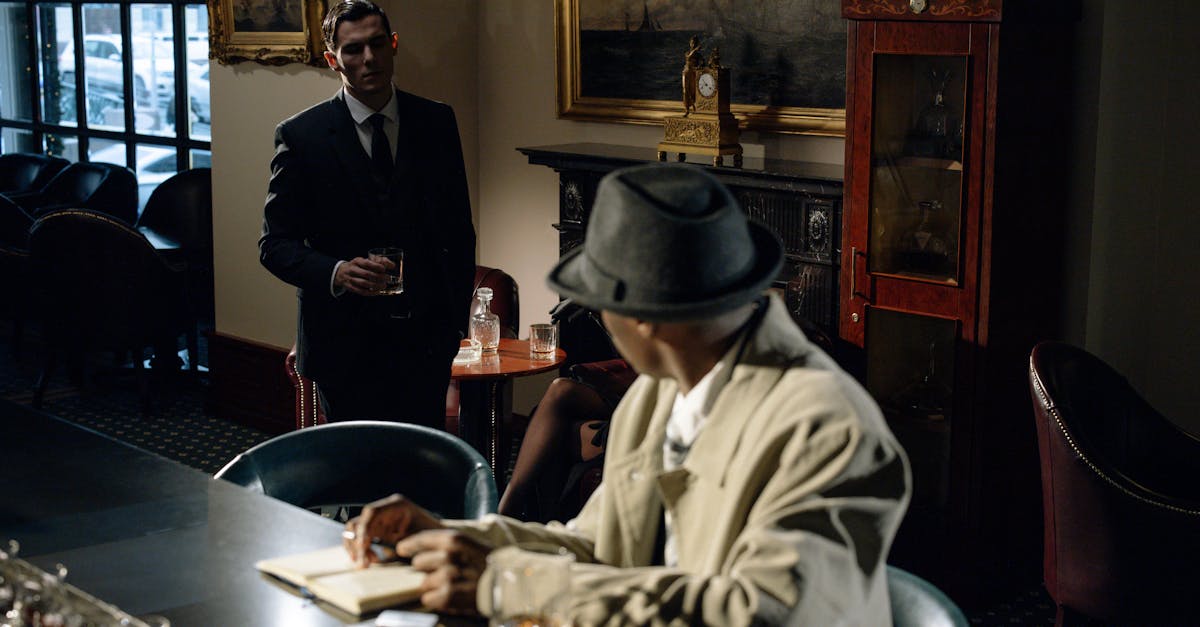
Advertisement
Inclusive Beauty Movements
Despite challenges, social media platforms foster inclusivity by amplifying diverse voices advocating for broader beauty definitions. Movements celebrating various skin tones, body sizes, and cultural features gain traction, challenging mono-ethnic beauty standards. This push promotes self-acceptance and broadens the narrative of beauty.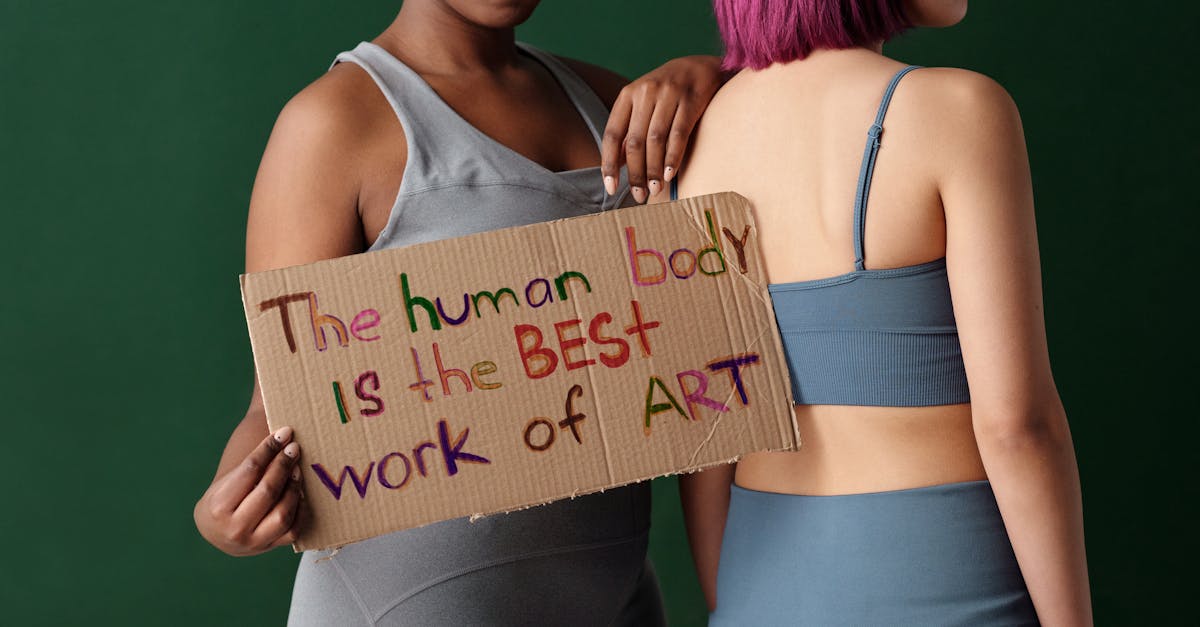
Advertisement
Mental Health Implications
The constant comparison facilitated by social media can have detrimental effects on mental health. Users often measure themselves against idealized representations, leading to dissatisfaction and anxiety. Awareness campaigns and platform-driven mental health resources aim to curb these negative impacts.
Advertisement
User-Driven Content
The democratization of content creation allows users to contribute to beauty discourses actively. Viral challenges and makeup tutorials provide a platform for creativity, diversifying the range of beauty exemplars. This shift empowers individuals to redefine beauty on their terms, counterbalancing top-down narratives.
Advertisement
Technological Innovations
Technological advancements, like AI-driven beauty advisors and personalized cosmetic guides, increasingly influence beauty standards. These innovations offer tailored beauty solutions that adapt to personal preferences, blurring the lines between individuality and societal ideals. The fusion of technology and beauty heralds a new era of personalized aesthetics.
Advertisement
Commercialization of Beauty
Brands leverage social media to market beauty products with unparalleled reach. Targeted advertisements and influencer collaborations expand brand visibility while dictating consumer preferences. However, the commercialization of beauty can lead to homogenization, challenging efforts to maintain genuine diversity.
Advertisement
Conclusion
In conclusion, social media serves as both a mirror and mold for contemporary beauty standards. As technology and platforms evolve, the conversation surrounding beauty's definition becomes more dynamic and inclusive. It is crucial to navigate this digital space mindfully, understanding its power and limitations.
Advertisement
